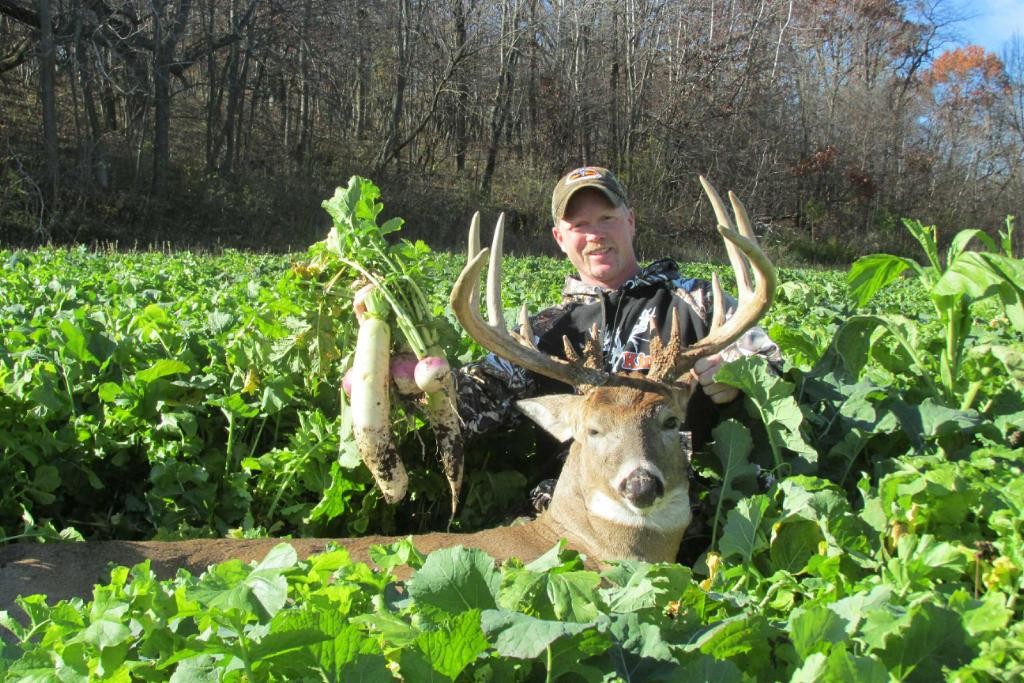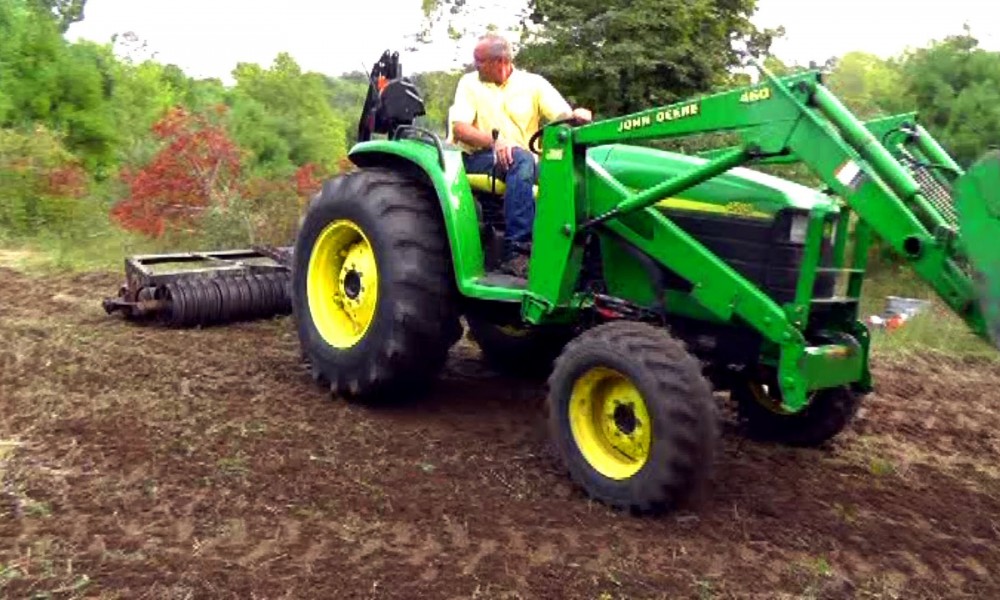If you are a deer hunter, you don’t want to be a loser in this game. When the average deer hunter decides it’s time to up his or her game by putting in a food plot, the process can seem overwhelming. It doesn’t have to be that way. Follow a few key steps for food plot success.
What is Your Goal?
Is your primary goal to provide additional nutrition for your wildlife, or is it to create a hunting spot? The answer will determine when, where and what you plant.
Location
All food plots require sunshine. Choose spots that receive at least 4-5 hours of sunlight per day. If planting in the woods, select an area around a large, dead tree that creates a hole in the canopy for sunlight to penetrate.
Plots primarily planted for hunting have other locational considerations. Select spots that are relatively close to deer bedding areas. This will increase the chance that wary bucks will visit your food plot during daylight hours.
Look for areas with relatively well-drained soils. While many established food plots would endure some degree of inundation, immature plots can be wiped out by flooding.
Test the Soil
The best way to ensure your food plot reaches full potential is by making sure the proper soil conditions exist before planting. Experts agree that skipping this key step is the most frequent cause of food plot failure. Soil testing is simple and reveals key information relative to pH and nutrient levels.
Most soils in deer and turkey country possess pH levels between 4 and 5 – far too acidic to grow a successful food crop. A low-cost device like Evolved Harvest’s pH Meter will accurately measure pH, while also providing information on moisture content and sunlight levels. Chances are, you’ll need to add pulverized or pelletized lime to bring soil pH up to 6 or 7, which is the optimal range for most food plot cultivars.
After initial pH adjustment, take a sample of your soil to your local ag store, co-op, or USDA Service Center for final testing. This will confirm pH and provide information on your soil’s mix of Nitrogen, Phosphorus and Potassium so you’ll know the specific type and quantity of fertilizer to apply once your plants begin growing.
Choose Wisely
Many of today’s seed blends include cultivars that can provide good results at a variety of different latitudes and growing conditions. Focus in on a few key points.
Choose only forage-grade cultivars developed for feeding wildlife, as opposed to cheaper, generic seed intended for other purposes. These seeds may be more expensive, but will have engineered performance growth characteristics that will result in hardier, more productive and more palatable food plants.
Seed blends can offer the best chances for success. Popular blends often include a mix of perennials and annuals. If planting multiple food plots, experiment with different blends on different plots to see which yield the best results.
If your goal is to plant an effective hunting plot, so-called “candy crops” like oats, winter peas, or brassicas (beets, rapes, turnips, etc.) are highly attractive and palatable to deer and are, therefore, worthy of your consideration.
Prepare the Soil
Thorough soil preparation is another key to establishing a successful food plot. It involves clearing the area of leaf litter, logs and other debris; thoroughly killing weeds and other vegetation; and preparing the seedbed.
Clearing may be a significant job, depending on a plot’s location and size. Helpful tools range from a tractor or ATV, to chainsaws, leaf rakes and blowers. The objective is to remove any objects that might interfere with seed-to-soil contact.
After clearing, kill vegetation using an appropriate herbicide. Backpack sprayers are useful on smaller plots, but a tractor- or ATV-mounted sprayer is a huge help on larger projects. Such equipment (along with other helpful machinery like a spring disc and cultipacker) can often be rented or borrowed from your local agricultural co-op or outdoors organizations. Wait for the vegetation to die completely, then work the area with a spring disc before applying a second round of herbicide. If you plan to plant with a seed drill, you can skip the disc and second herbicide application.
Planting
While your decisions and activities leading up to planting are critical for success, so is the timing of the planting itself. Both annual and perennial varieties of many food plot seeds and blends can be planted during either spring or fall. Most wildlife seed manufacturers offer helpful region-by-region guidance concerning the best times to plant their various products. While many wildlife managers prefer to plant in the spring, your decision should be based on what you are planting and the greater consideration of the type and timing of the supplemental nutrition you are attempting to provide.
Plot Maintenance
Different food plots require varying amounts and types of maintenance, but fertilization is a common denominator. Remember that soil test? It told you the ideal type and quantity of fertilizer to use. Apply it once your plants begin growing.
Versatile crops like white clover grow quickly, provide an abundance of year-‘round nutrition and require the least maintenance over multiple seasons. Experts agree it’s best to mow clover in the spring and early summer, whenever it reaches a height approaching 12 inches. Mowing it back to six inches results in abundant, tender new growth. Crops like alfalfa also benefit from regular mowing. If your plot is relatively small and the wildlife is hitting it hard, however, mowing may not be required.
Food plots require a bit of careful planning and labor, but return significant benefits in the form of overall wildlife health, attraction and retention on your hunting property. Don’t skip any steps. If your plots fail, not only will you be out time and money, you’ll also need to wait another year before you have another chance to get things right.
